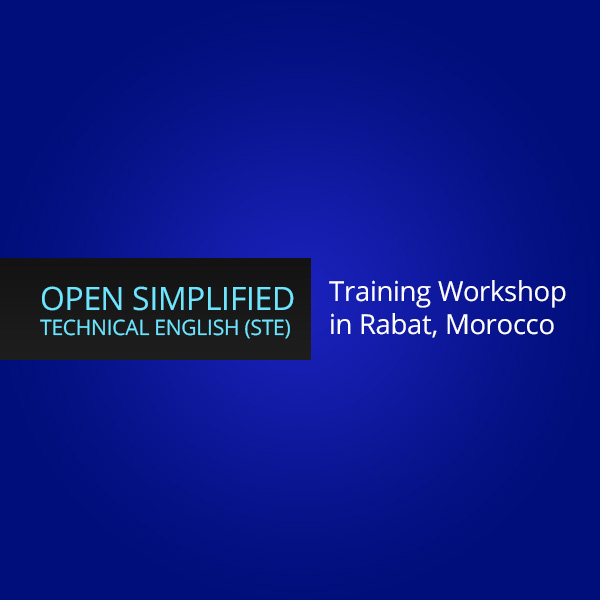From a rigorous specification to a global international standard: ASD-STE100’s evolution with Issue 9 marks a new era for technical communication.
On January 15, 2025, ASD-STE100 took a significant leap forward with the release of Issue 9. This latest version marks a crucial evolution, formally transitioning STE from a mere specification into a full-fledged international standard. This designation change underscores its broader applicability and reinforces its global relevance in technical communication.
While Issue 9 doesn’t introduce entirely new writing rules, its focus has been on comprehensive refinement and modernisation.
Refined Rules for Greater Clarity
One of the primary areas of update lies in the existing writing rules. 31 out of the 53 writing rules have undergone revisions in their wording. These tweaks aim to improve clarity and ease of application, directly reflecting current best practices within technical communication. The goal is to make the standard even more intuitive for authors to follow.
An Updated, Smarter Dictionary
The STE dictionary, a cornerstone of the standard, also received a substantial overhaul. A staggering 555 entries – encompassing words, definitions, and examples – were updated. These revisions ensure the dictionary aligns with the latest linguistic and technical conventions, maintaining accuracy and relevance across a wide range of industries.
Aligning Terminology with Global Standards
Issue 9 placed a significant emphasis on modernising the meta-terminology within STE itself. This review focused on streamlining legacy classifications and aligning them with international terminological frameworks. For instance, terms like “technical name” and “technical verb” from previous issues have been reclassified as “technical noun” and “technical verb (term)”, respectively. This update directly links STE to ISO 1087-1:2019, making the standard more consistent with broader linguistic principles. Additionally, subject field classifications were refined, and new categories (such as “Law and regulations” and “Animals, plants, and other life forms”) were introduced under rules like Rule 1.5 and 1.12 to cater to an expanding range of content.
A User-Centric Approach
A key driving force behind these updates was the aim to improve usability for technical authors. Recognising that most authors are not linguists, the standard’s developers prioritised balancing terminological precision with practicality. This ensures that STE remains straightforward and accessible, enabling authors to apply it effectively without unnecessary complexity.
A Collaborative Effort
Issue 9 is the culmination of extensive collaboration. Its development involved the ASD Simplified Technical English Management Group (STEMG), academic experts, and STE users from around the world. A two-month global feedback period was integral to gathering diverse insights, ensuring the final standard is robust and truly reflective of industry needs.
In essence, ASD-STE100 Issue 9 solidifies the standard’s position by clarifying and modernising its existing framework. By enhancing its global standing and practical applicability without introducing entirely new rules, it focuses instead on refinement and alignment with modern terminological practices, ensuring STE remains a powerful tool for clear and precise communication.
Ready to Master ASD-STE100 Issue 9?
Understanding the updates in Issue 9 is crucial for ensuring your documentation remains compliant, clear, and efficient. Our tailored ASD-STE100 training programmes are designed to equip your team with the practical skills needed to implement these latest standards effectively.
Learn more about our upcoming training sessions and secure your spot today!










